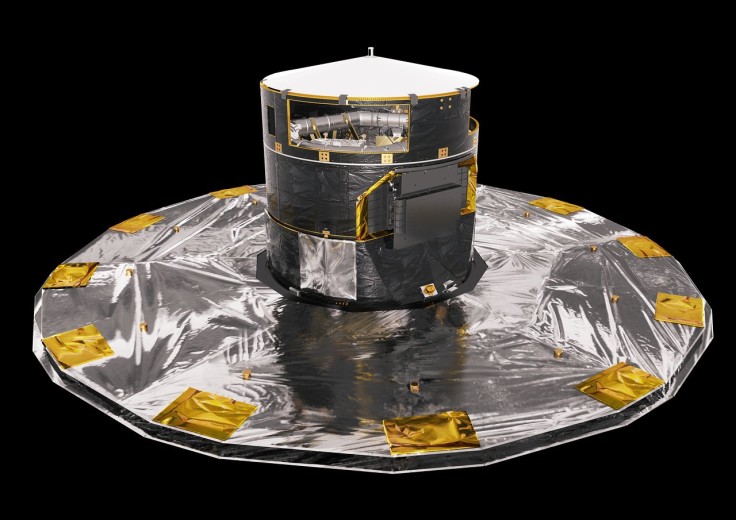The Gaia mission of the European Space Agency (ESA) observes stars in the Milky Way as they look now and reveals what happened when the galaxy was only a few billion years old. According to a report by Space.com, astronomers will be able to see into the past even further with the release of new data.

Gaia Telescope
Unlike a traditional telescope, Gaia scans the entire sky repeatedly rather than just viewing one fascinating distant object at a time. The probe isn't inclined to seek awe-inspiring photographs of distant stars and galaxies that disclose every detail.
Instead, the observatory focuses on a few basic parameters: the stars' distance from Earth, their speed through space, and the direction of their motion as seen in three dimensions and on the plane of the sky, as per Space.com.
Gaia's Data Release
Since Gaia's launch in 2013, a discipline known as galactic archaeology has grown immensely, and the additional data set to be released on Monday is expected to further accelerate study.
The largest-ever database of chemical compositions of asteroids in the solar system and the largest-ever data set of binary star systems is one of the data that will be released on June 13. In fact, according to Jos de Bruijne, Gaia project scientist at ESA, the next data release will show thousands of new exoplanets.
Half a billion individual objects, or one-quarter of the stars observed by Gaia, are included in the data release. According to Anthony Brown, an astronomer at Leiden University in the Netherlands and chair of the Gaia Data Processing and Analysis Consortium, this information will help scientists refine the order of events that shaped the Milky Way and "really untangle its formation history".
Eduardo Balbinot, a postdoctoral researcher in astrophysics at the University of Groningen in the Netherlands, is one of the astronomers eagerly awaiting the data release on June 13. He's particularly interested in smaller collisions with the galaxy's "smallest building blocks," globular clusters, old star clusters eaten by the Milky Way over ages. These star streams have a reputation for being difficult to identify, but Balbinot believes the new Gaia data will change that.
Balbinot expects that the new data will allow astronomers to search for globular cluster remnants considerably farther away from Earth than previously feasible, in the galaxy's extreme reaches, where the galactic halo meets intergalactic space.
The variable stars, according to Balbinot, may show spherical "shells" leftover from ancient collisions with globular clusters strewn across the galactic halo. Analysis of these shells can reveal a lot about the anatomy of the events that gave rise to them billions of years ago.
Legacy of The Gaia Mission
When the telescope's fuel runs out in 2025, it will be shut off. According to Space.com, the algorithms used to evaluate the massive numbers of observations produced by the telescope are still being refined by the collaboration of 400 researchers that handle Gaia data.
Astronomers can use these algorithms to find finer and finer details, as well as new sorts of information, in the massive data collection.









